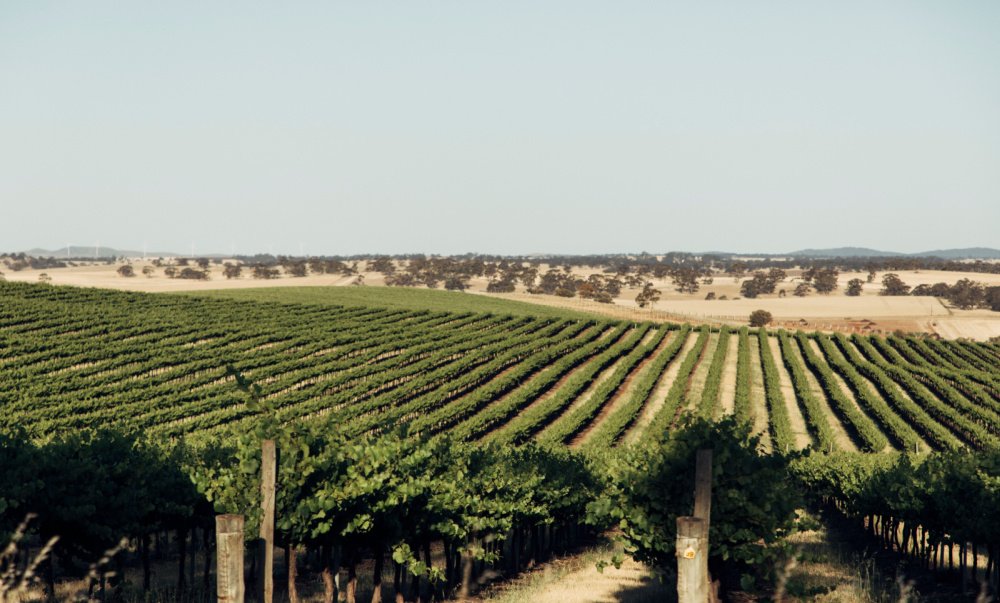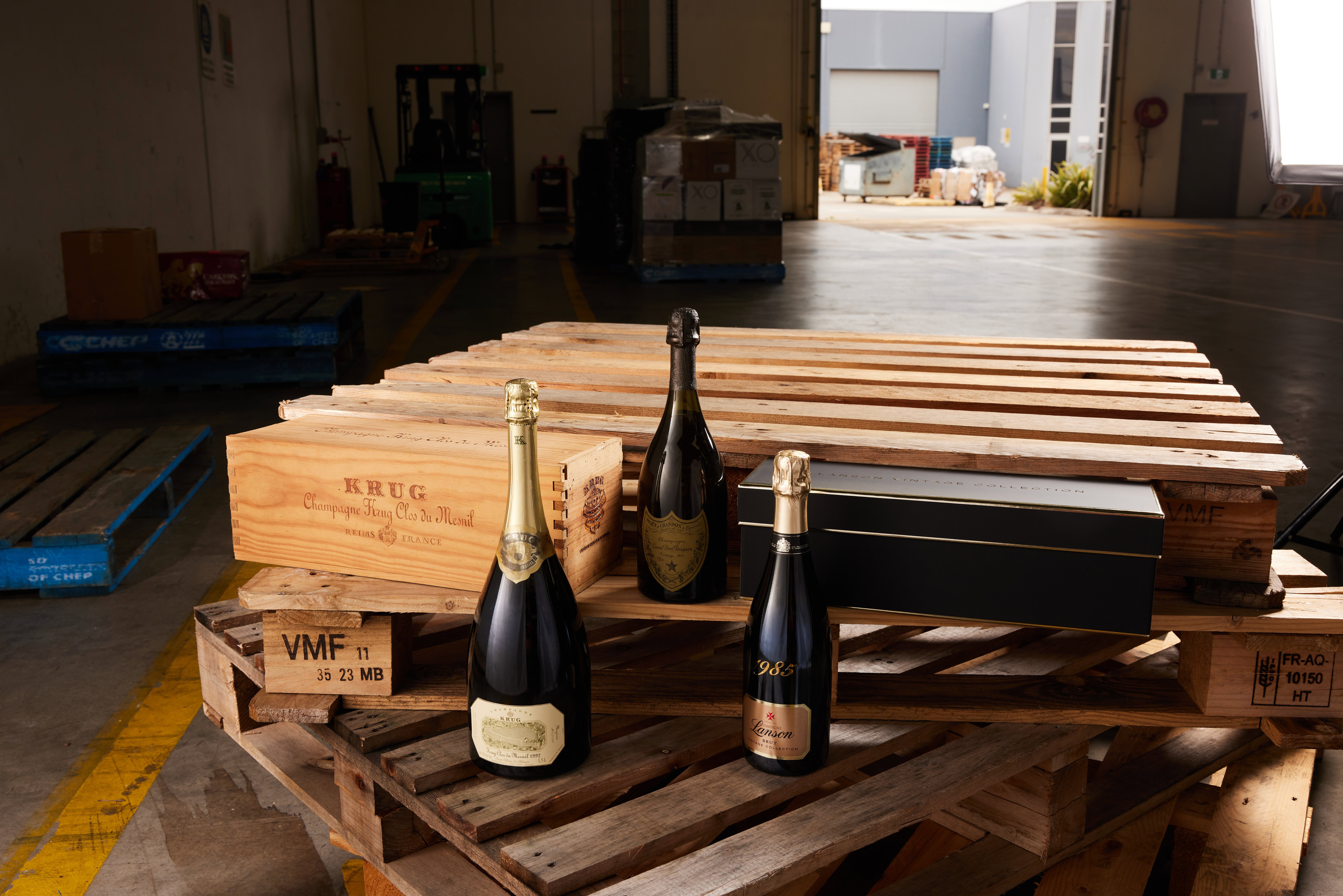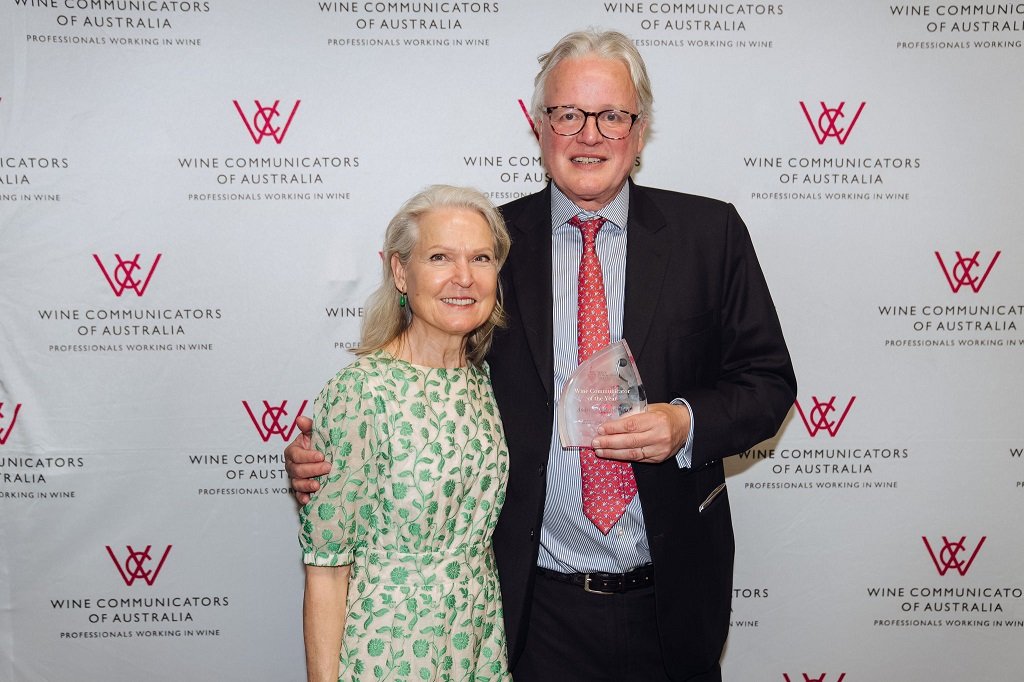Sustainable Winegrowing Australia has released its in its first report and data set of sustainable practices being implemented by vineyards and wineries across Australia.
Since being established late last year, the organisation has quickly grown to a membership base of close to 900, including De Bortoli, Taylors, Pooley and Gemetree Wines. The Impact Report demonstrates the significant steps being taken towards net zero emissions for the sector, with 100 per cent of its members measuring and reporting their scope 1 and 2 greenhouse gas emissions.
“Sustainability credentials are key to remaining competitive in an international market, and the new report highlights how program members are working to match and contribute to the global sustainability standards increasingly expected by leading markets around the world. Program members are focused on strategies to continuously improve quality, better understand region and site, improve competitiveness and communicate Australia’s wine offerings to the world,” said CEO of Australian Grape & Wine and Chair of Sustainable Winegrowing Australia, Tony Battaglene.
“More than half of Australian wine consumers are driven by sustainability and this number continues to increase alongside the growing global demands for products that demonstrate sustainable practices*. The Sustainable Winegrowing Australia program has almost 900 members, ranging from small independents to large well-known household brands, leading the charge for sustainable-minded wine lovers.”
The report highlights areas of strength for Sustainable Winegrowing Australia members across four key areas – Energy, Water, Waste, and People and Business:
- Energy: The program’s members are transitioning towards the Australian grape and wine sector’s target of net zero emissions, with 100 per cent of members measuring and reporting on scope 1 and 2 greenhouse gas emissions and 72 per cent of vineyards and 82 per cent of wineries prioritising energy efficient practices.
- Water: 87 per cent of vineyards and 79 per cent of wineries have taken action to plan, monitor and reduce water use to maximise water efficiency.
- Waste: 72 per cent of vineyards and 89 per cent of wineries have diverted waste from landfill and identified recycling and reuse options, furthering the Sustainable Winegrowing Australia’s commitment to the wine sector’s zero waste by 2050 target.
- People & Business: 80 per cent of vineyards and 93 per cent of wineries engage in at least one community or environmental initiative building better connections between wine producers and their communities to further strengthen the sector for future generations.
Mr Battaglene says the new report encapsulates what is possible when it comes to implementing sustainable practices, and the standard of continuous improvement that the sector should be held to.
“By seeking out and purchasing wines from program members or certified producers, consumers can have every confidence they are supporting sustainable-minded growers and winemakers that are helping to shape the Australian wine sector for the better,” said Mr Battaglene.
The report also presents two areas for greater improvement across:
- efforts to preserve natural resources and protect precious Australian ecosystems with 58% of members dedicating land to biodiversity enhancement, and
- 46% of vineyards using best practice soil and nutrient management.
Sustainable Winegrowing Australia is a collaboration between The Australian Wine Research Institute, Wine Australia and Australian Grape & Wine. The Impact Report is available to download free of charge.
The Sustainable Winegrowing Australia program, governed by the Australian Wine Research Institute, Australian Grape & Wine and Wine Australia, is a community of change-making grapegrowers and winemakers who want to make a positive difference for people and the planet.
Find out more about Sustainable Winegrowing Australia and download the report HERE.
Share the content










